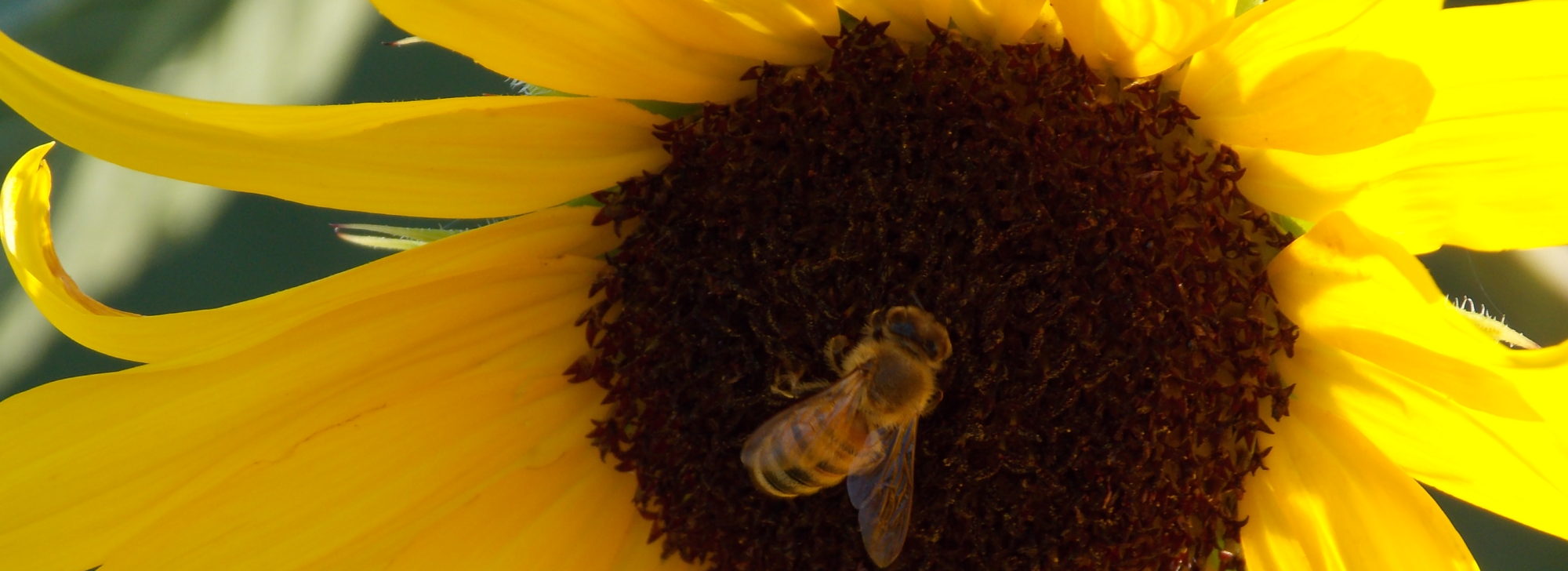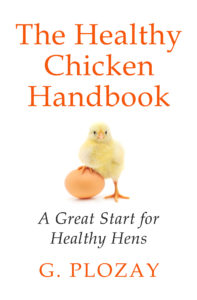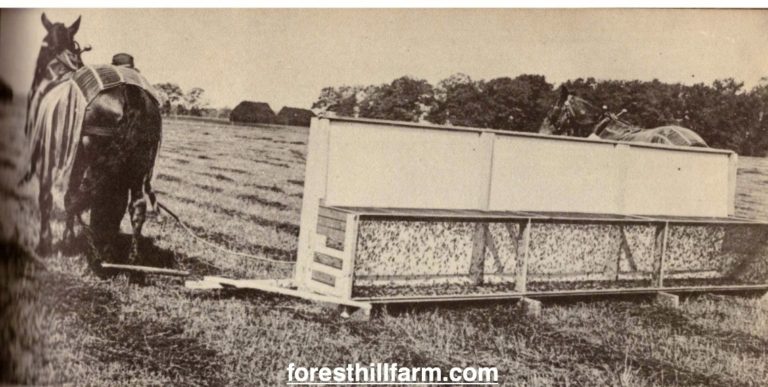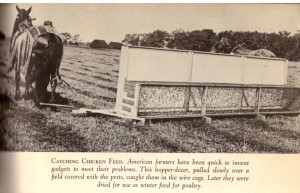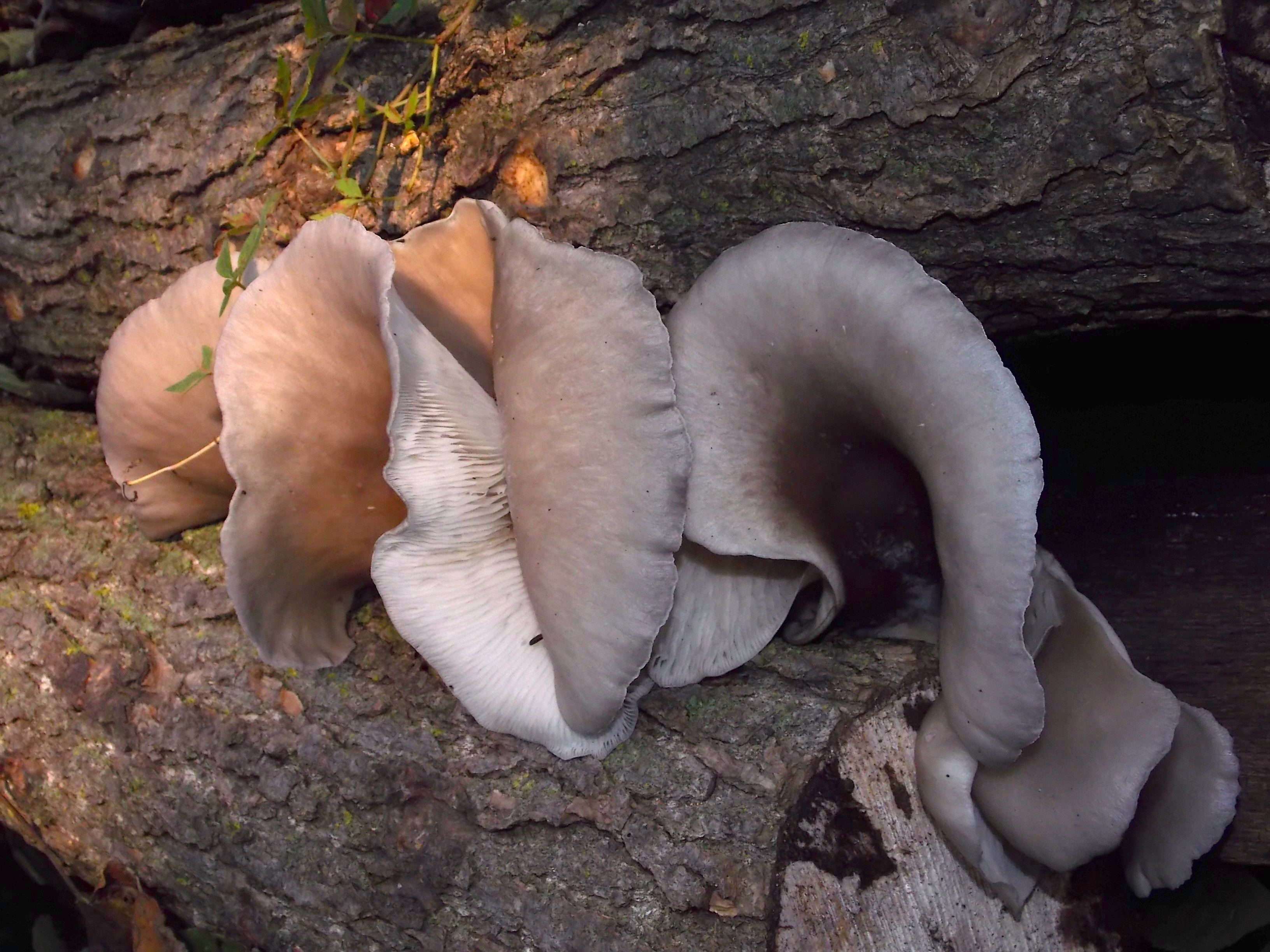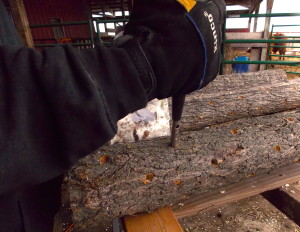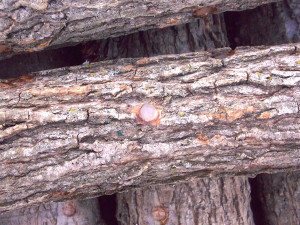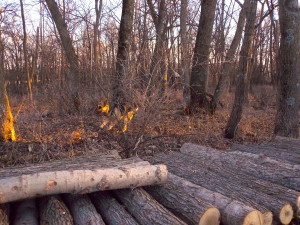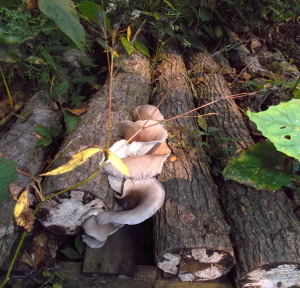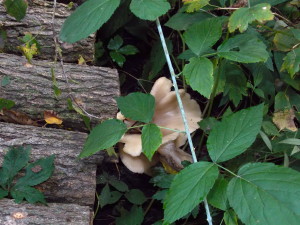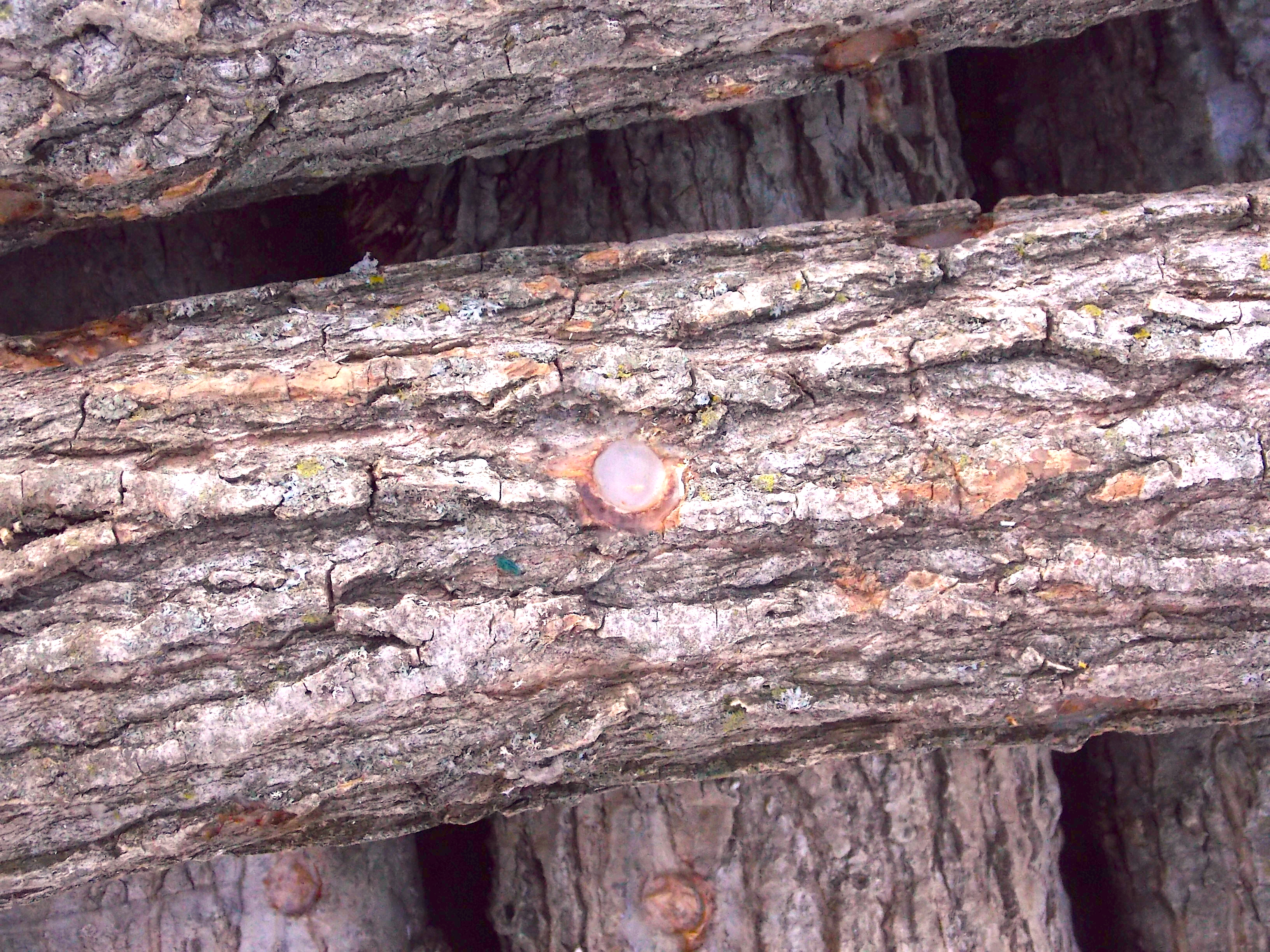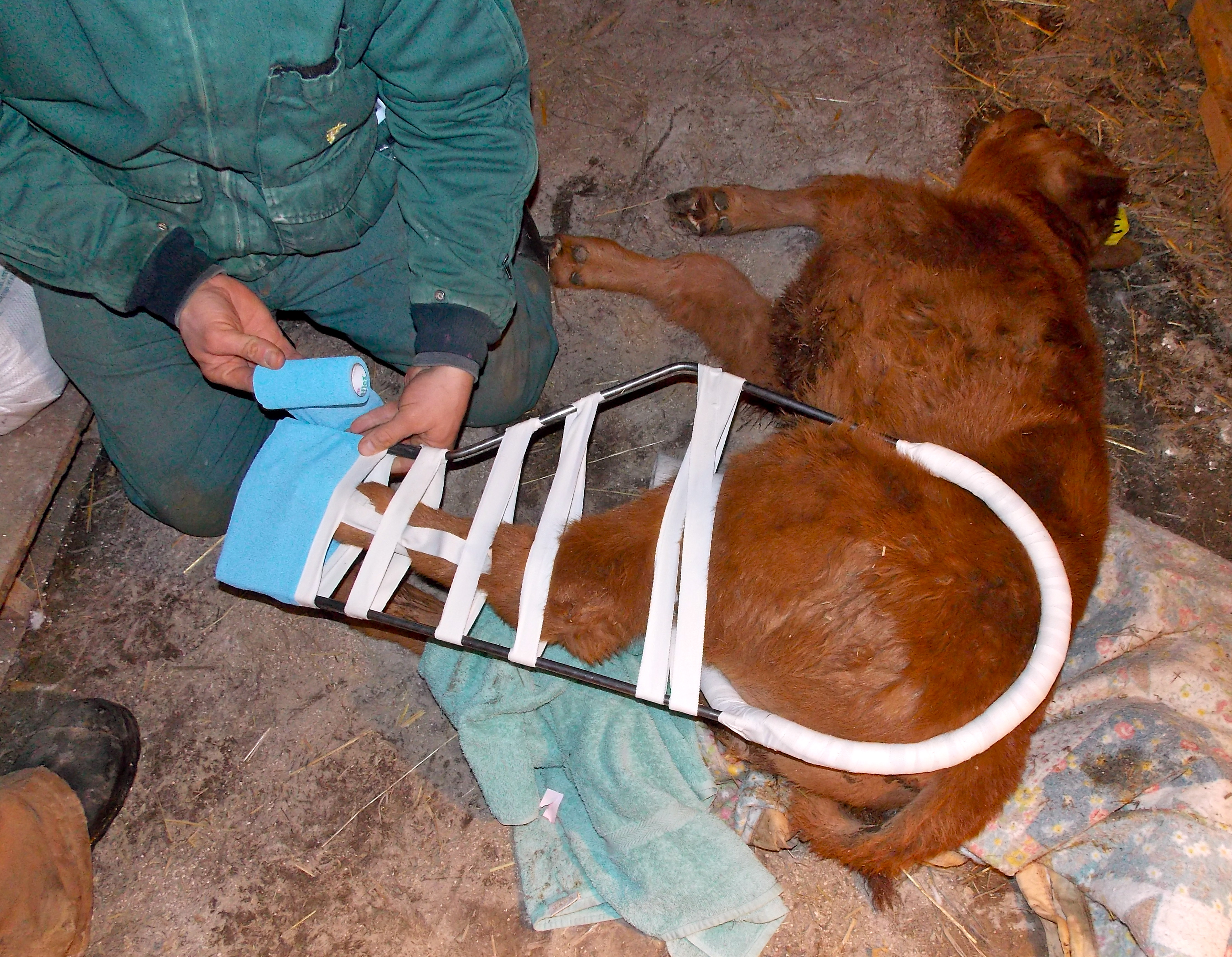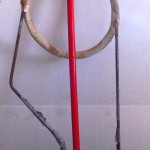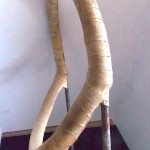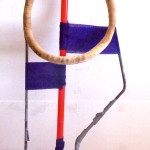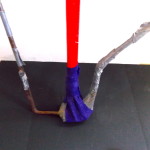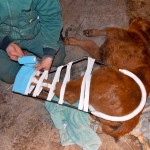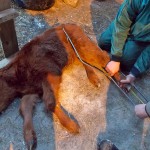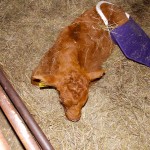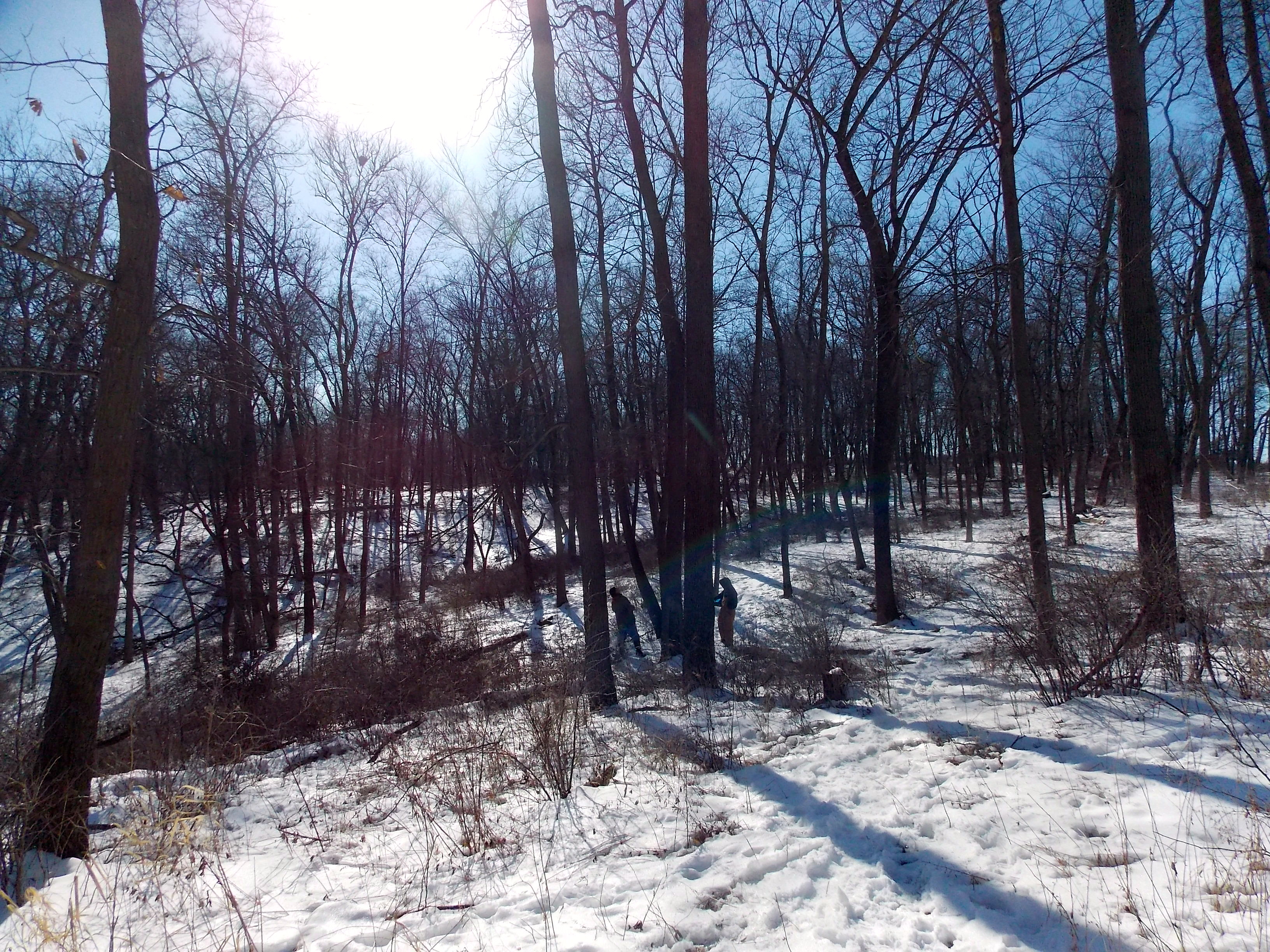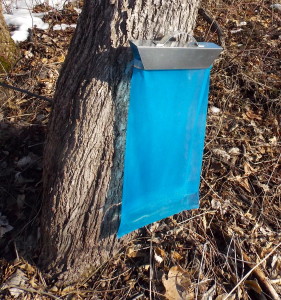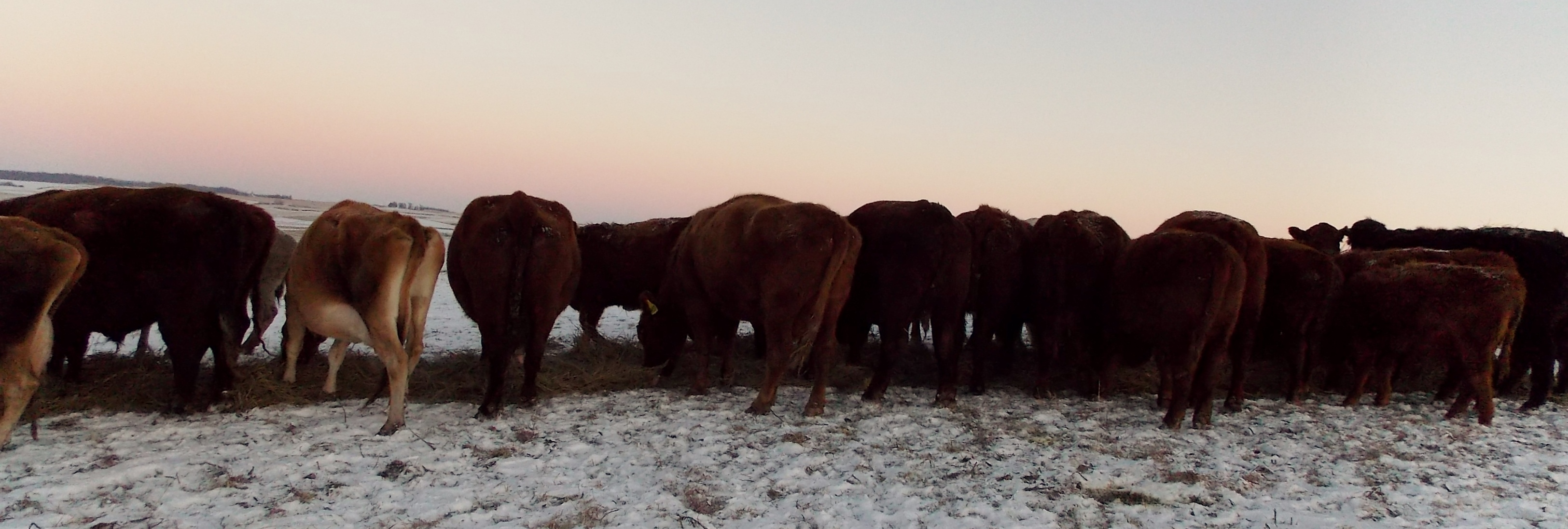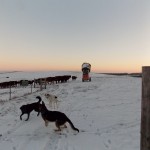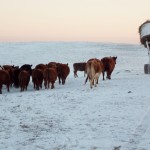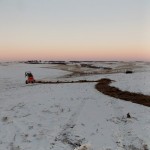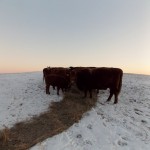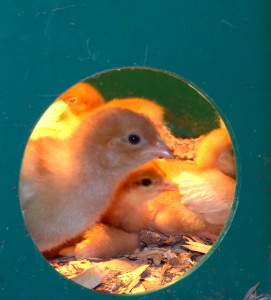 Making a Protein Tub Brooder for Starting Chicks
Making a Protein Tub Brooder for Starting Chicks
*This article appeared in Tractor Supply Company's, Out Here Magazine*
Murphy's Law of Farming states that, 'The minute your chicks arrive in the spring so will a cold front'. Making a protein tub brooder keeps chicks warm and healthy. A protein tub brooder is a more efficient solution than hanging brooder lights, and a protein tub brooder keeps the heat where it should be; surrounding the chicks. They also create a draft free area with plenty of ventilation.
For years we started chicks under hanging heat lamps. The electric bill reflected the inefficiency.
It's important to have more than one protein tub brooder in case the light in one of them burns out there's another warm area for the chicks.
Each protein tub comfortably houses 10 chicks.
If you're starting turkeys read this to prevent early poult flip over
Supplies:
- 2 recycled protein tubs or Two muck buckets
- 2 Brooder Light fixture with wire lamp guard
- Lightweight chain
- 2 *100-watt incandescent bulb or low-wattage heat lamp ( 1 for each bucket)
- Pine shavings
* Rough Service incandescent bulbs NOT LED or compact fluorescent
Tools:
- Black permanent marker
- sharp knife, jig saw, or drill with 4” hole saw
Instructions:
Wash the protein tub or protein tub.
Flip the protein tub over and trace the outline of the brooder light in the center of the bucket's bottom.
Use a sharp knife or jig saw to cut along the outline. Cut the opening slightly smaller than the outline so the brooder light sits securely on top of the bucket.
Next use a jig saw or drill fitted with a 4” hole saw to cut 3 openings, evenly spaced, around the outer edge (which will become the chick's access to the brooder). Cut the holes an inch above lip of the protein tub. It's important to cut more than one entrance to prevent crowding at the opening. Multiple entrances improve ventilation.
Flip the protein tub over. Hang the brooder lamp from a lightweight chain. The chain is for safety, it prevents the lamp from falling inside the brooder. The brooder lamp should fit snugly on top of the protein tub with the lamp and wire guard sitting inside.
Use a 100 watt incandescent bulb or a low-wattage heat lamp in the fixture. Do not use a compact fluorescent or LED light - they do not generate heat. NEVER use a high wattage heat lamp and Never use a heat lamp with straw!
Spread pine shavings throughout the brooder area, both inside and outside the protein tub, to a thickness of 3 inches. Nestle the buckets into the shavings so the chicks can easily enter and exit the protein tub brooder.
Place feed and water outside the protein tub brooder. The chicks will eat and drink freely and go inside the bucket when they need to warm up.
Before your chicks arrive turn on the lights so that it's a comfortable temperature; 95 degrees the first week, reduced by five degrees each week following. Reducing the temperature is as easy as changing the bulb; a 100 watt bulb (or low-wattage heat lamp depending on the temperature) the first week or two. Change to a 75 watt bulb as the outside temperature warms up. Use brooder lamps until the chicks feather out and the outside temperature is comfortable.
Conclusion
Making a protein tub brooder is an efficient way to keep your chicks warm and healthy. This type of brooder is economical and easy to make. A protein tub brooder will last for years.
On our organic farm getting the chicks off to a healthy start is the key to their successful transition into the pasture. We've experienced fewer losses with better growth rates after making this brooder a part of our poultry plan.
This is the Best Brooder for Starting Chicks!

Need other great ideas for raising healthy hens?
Check out The Healthy Chicken Handbook
